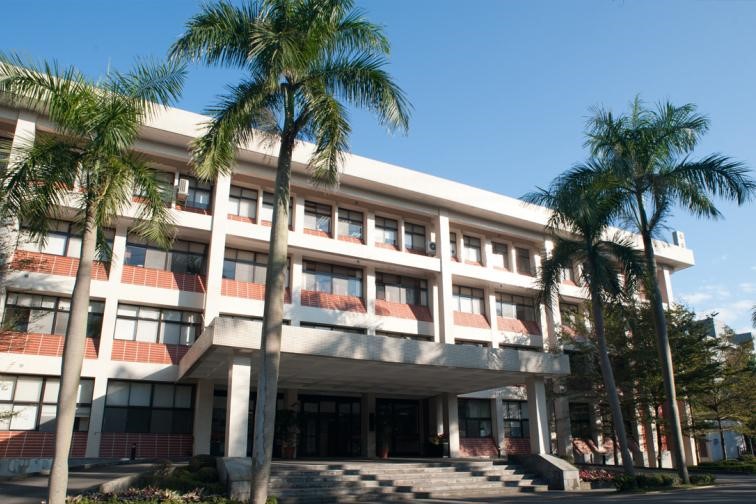- Pop Science
- Institute of Astronomy and Astrophysics
- Location
R1203 of the Astronomy-Mathematics Building, National Taiwan University
- Speaker Name
Liton Majumdar
- State
Definitive
- Url
Protoplanetary disks serve as the sites where exoplanets are formed. Observations of these sites that give birth to planets reveal a wide range of temperatures, densities, and distribution of various molecules. The Atacama Large Millimeter/submillimeter Array (ALMA) has ushered in a new era in the study of protoplanetary disks, enabling us to explore the physics and chemistry of the outer regions of these disks. With the arrival of the James Webb Space Telescope (JWST), we can now delve much deeper into the inner regions of the disks and also investigate icy volatiles in colder regions. The combined contributions of these two instruments can provide us with greater clarity on the formation of exoplanets and the chemical inventory they inherit from protoplanetary disks. Modeling protoplanetary disks can bridge the gap between our theoretical understanding of exoplanet formation and its connection to atmospheres. Here, we introduce PEGASIS (Protoplanetary Disk and Envelope model for Emissions from GAS and Ice Absorption Simulations), a physicochemical model capable of simulating dust, cold gases, hot gases, and ices in both disks and envelopes.









 Home
Home

